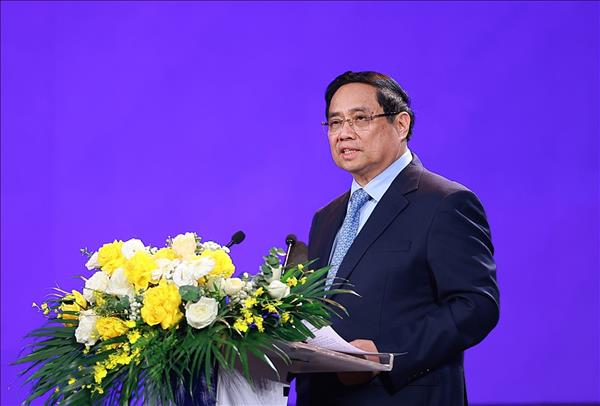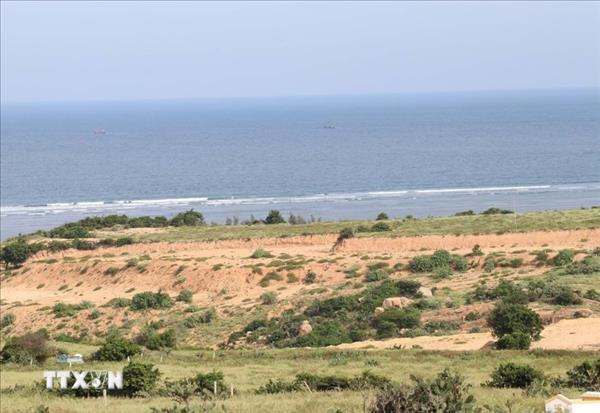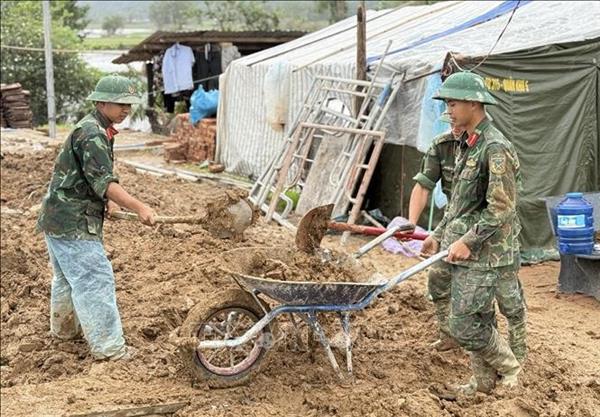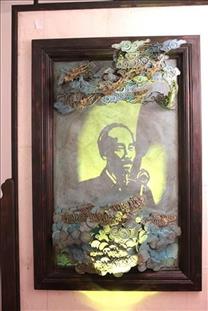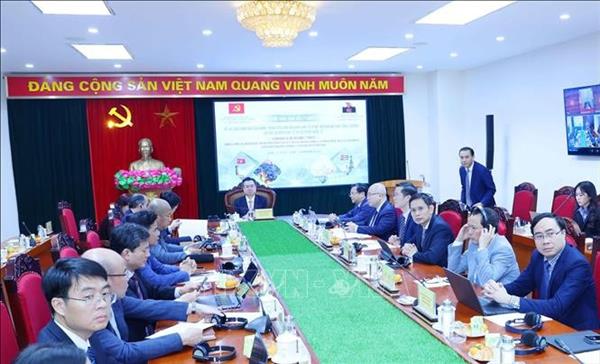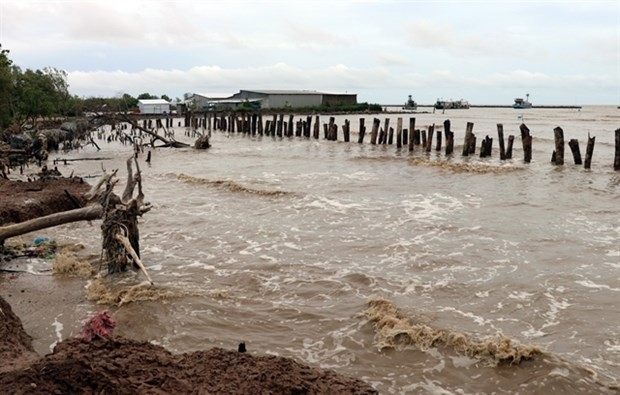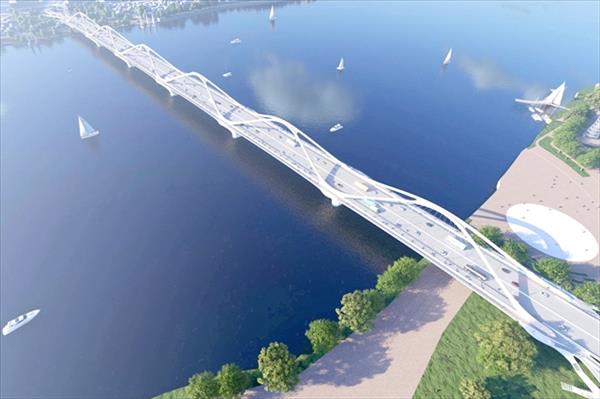According to Vietnam’s feudal state history, the Hoang Sa Flotilla was set up when the Nguyen Lords began their reign in the south of the country. Thousands of sailors overcame roaring waves and storms to survey sea routes, plant milestones and erect steles affirming national territory in Hoang Sa (Paracel) and Truong Sa (Spratly) archipelagos, and exploit marine resources ordered by Nguyen Lords. Their missions were full of dangers, and many of them never returned to land.
To pay tribute to the men enlisted in the flotilla, “Le khao le the linh Hoang Sa” has been observed through hundreds of years by families in Ly Son island and many coastal areas in Quang Ngai.
The festival, which is held every April on the island, was recognised as part of the national intangible cultural heritage by the State in 2016. It reflects Vietnam’s history of protecting the national sovereignty in the East Sea, especially over the Hoang Sa and Truong Sa archipelagos.
Ly Son island covers an area of less than 10 sq.km but it has nearly 100 relics, most of which are related to the Hoang Sa Flotilla, such as the empty graves built for Hoang Sa soldiers who never returned to land, the temples dedicated to Pham Quang Anh and Vo Van Khiet who were captains of the Hoang Sa Flotilla, and a showroom displaying the items of the Hoang Sa Flotilla sailors who also controlled Bac Hai and Ba Ri Lagoon.
A monument and memorial house dedicated to the Hoang Sa Flotilla stand near the main road of the island./
VNA/VNP


